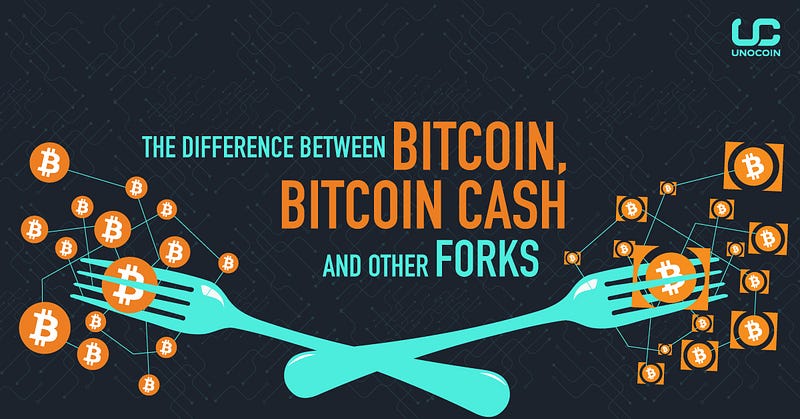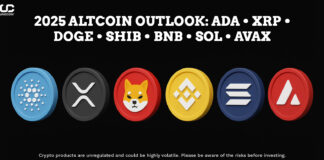
Bitcoin, the most successful and most popular cryptoasset touted as an alternative to fiat money, is not without its own share of shortcomings. As a decentralised asset where decisions are enforced by consensus and where any dissenter can break away from consensus opinion, developers, miners and users have broken ranks with the prevailing majority opinion in the past to create and follow their own versions of Bitcoin.
Bitcoin’s strength as a decentralised platform seems to have also become its achilles heel as building consensus on changes becomes a torturous exercise. But this is the price decentralisation demands, where every participant agrees to the protocol of his own accord, free and uncoerced.
Anyone who disagrees with the Bitcoin community can create their own protocol as Bitcoin is open source. Thus, if a group doesn’t like Bitcoin in its current form they can create their own version of Bitcoin. This has happened many times now. These variant versions are called ‘hard forks’ of Bitcoin. Here’s a look at how forking works and the more popular forks of Bitcoin.
How are coins forked?
As mentioned earlier, forking is a process of creating new coins. As the name implies, the Blockchain of a coin is split into two to create two new Blockchains. The new split Blockchain that follows a different protocol is said to have ‘forked’ (branch out or separate) from the old Blockchain. Since these chains follow different protocols and are incompatible with each other, the fork is called a ‘hard fork’.
The two different Blockchains effectively split a cryptoasset into two and if you had some coins at the moment a hard fork happened, you get an equal amount of coins on the new chain. Thus, a hard fork gives you access to coins on both chains, equivalent to the amount you held at the time of the split.
Popular Bitcoin forks
Bitcoin Classic (inactive)
Transaction speed on the Bitcoin network is capped thanks to its protocol which allows only a maximum of seven transactions per second while average speed hovers around three transactions per second. Contrast this with payment processors like Visa or Mastercard which can handle thousands of transactions in a second. Transaction speed has been a sore point for Bitcoin from the start and more so, with burgeoning adoption and growth in popularity. This has been the most contentious issue in the Bitcoin community that has resulted in a lot of Bitcoin forks.
New Bitcoin forks offer better transaction speeds, albeit at the cost of compromising a bit on decentralisation. This is because faster transaction speeds require raising the Bitcoin block size which is a limit on the size of transaction data generated over a period of ten minutes. The Bitcoin protocol has arbitrarily capped the block size at 1MB. While raising this limit could increase transaction speeds, it poses the risk of offering an undue advantage in mining (process of validating Bitcoin transactions) to big miners (people who validate transactions by mining), thus making Bitcoin a less equal network.
This issue of block size has had the Bitcoin community divided from the very start. In fact, it was the reason for the first fork in 2016. Bitcoin classic was implemented as a project separate from Bitcoin and used 2 megabyte blocks. Though not a direct hard fork from the Bitcoin Blockchain, Bitcoin classic used the very same protocol with just a few tweaks to set the block size at 2 MB. With the launch of hard forks of even greater block sizes, the project has shut down.
In the same year, another project called Bitcoin Unlimited was launched, with a provision that allowed the block size limit to be changed at will, depending on miner preference and approval from nodes (servers which store the Blockchain, a complete record of Bitcoin transaction data). This project has fallen apart too and is almost defunct.
Bitcoin Cash
Perhaps the most popular hard fork of Bitcoin, this hard fork differs from Bitcoin on the very same issue of block size limit like the previous variants. Offering a higher block size limit of 8 MB, Bitcoin Cash boasts of greater transaction speeds and less transaction fees. It is also more miner friendly as it allows for quick change of mining difficulty (processing power needed to validate Bitcoin transactions) in response to the preference of miners. Though this makes the network less secure and more centralised, Bitcoin Cash is the second most costly cryptoasset and comes third by market cap, only next to Bitcoin and Ethereum.
Bitcoin Cash forked into two in November 2017 to resolve some problems with instant adjustment of mining difficulty. Even though everyone was supposed to follow the new chain, some users still follow the old chain and call it Bitcoin Clashic.
Bitcoin Gold
Also based on the ‘Equihash’ mining protocol, this differs from the proposed Bitcoin Cash plus fork in that the block size is set at 1 MB like Bitcoin. This coin forked from Bitcoin in November 2017 and now trades at around $350 per coin. This fork isn’t as popular as Bitcoin Cash due to the absence of a strong development community and some questionable actions by developers that has sullied trust.
SegWit 2X (cancelled)
Proposed as another hard fork of Bitcoin with much support, SegWit 2x called for raising the block size limit to 2 MB. But the fork had other missing features — such as accidental replay protection — that made it unsafe for users and increased their chances of losing their funds. After a lack of consensus within the community on this change, the fork was called off a few days before the scheduled November 16th launch.
After all these forks, Bitcoin is still up and beating other cryptoassets in popularity. In fact, with every fork, the value of Bitcoin has only risen, a sign of the trust that the community and investors repose in Bitcoin. Many more forks have been proposed by stray groups of developers. Most of these fizzle out even before the launch and the rest fail to hold up. The Bitcoin community seems to be tired of forks after witnessing a spate of them, some genuine and well supported, while others have proven to be duds and scams. Though forks show no signs of coming to an end, the Bitcoin community has certainly wised up enough to evaluate critically and reject whimsical changes.
Also Read:
https://blog.unocoin.com/bitcoin-etfs-will-further-boost-the-cryptoasset-a041735fcf9d






